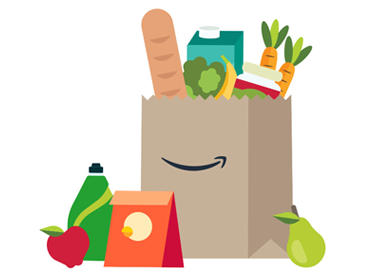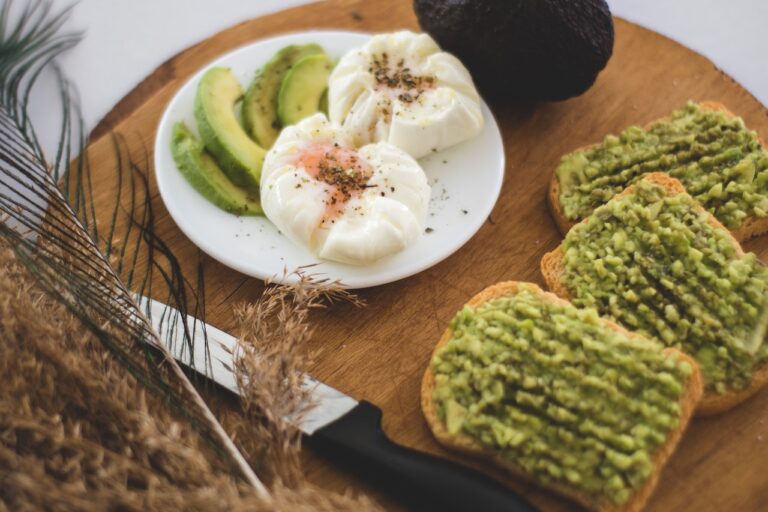Start Eating Healthier with These 8 Basic steps
It’s not surprising that healthy eating is one of the first steps to better health. But beyond improving health, consuming healthy meals can also lead to a happier life. Since getting started with eating healthier can be daunting, we’ve compiled a simple guide to help you.
1. Eat at least 400g of vegetables and fruits
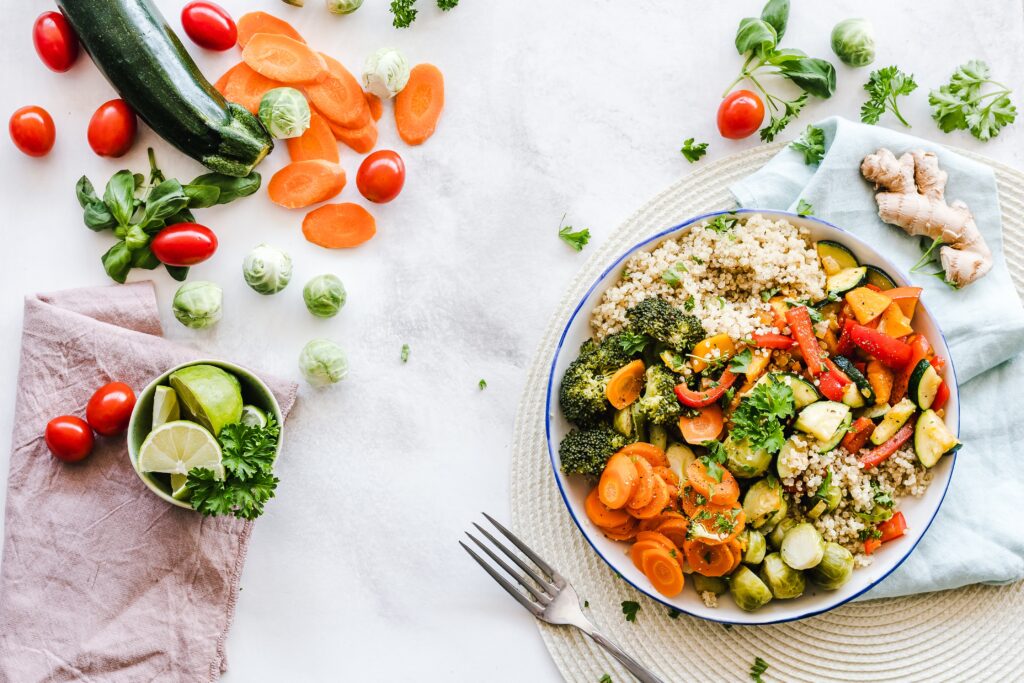

The WHO recommends a minimum of 400g of fruits and non-starchy vegetables each day, this roughly equals to five servings. One popular recommendation is to fill half of your plate with vegetables and fruits.
2. Choose carbs with higher fiber
Instead of refined starchy carbohydrates like white bread, white rice, white pasta, and pizza dough, opt for higher fiber or wholegrain variety carbs. Whole grains are highly associated with a reduced risk of heart disease and diabetes.
Keep in mind that carbs aren’t necessarily fattening. You should always include 1 starchy food in every meal because you need it for energy. Just make sure not to overeat, note that the recommended carbohydrate intake is 45-65% of your total daily nutrient.
3. Increase protein intake
Along with being the main building blocks of the body, proteins help curb hunger and retain muscle mass. A study shows that eating 25-30% of your daily intake of protein will boost your metabolism.
4. Reduce fat intake to less than 30%
The WHO also recommends reducing fat intake to prevent unhealthy weight gain and non-communicable diseases. Furthermore, bring down your saturated fats to no more than 10% of your daily intake and trans fats to less than 1% of your total energy intake.
5. Consume no more than 5g of salt
To improve flavor, people often consume too much salt and this could increase the risk of heart disease. The salt can come from processed foods, ready meals, and salad added during cooking. Reduce your daily salt intake to less than 5g.
6. Consume no more than 50g of free sugar
Consume less than 50 g (about 12 level teaspoons) of free sugar per day. Free sugars include sugars added to foods or drinks and sugars naturally present in honey, syrups, fruit juices and fruit juice concentrates.
7. Drink enough water
Drinking water reduces appetite, promotes healthy weight maintenance, might even slightly increase the number of calories you burn, and improve diet quality. The most important thing is to drink water instead of other beverages with sugars added to them.
8. The way you cook the food also matters
The way food is prepared can tremendously alter its nutrient content. For example, frying food is not healthy because foods that are fried in oil lose water and absorb fat, increasing the caloric content. On top of that, frying food also degrades nutrient content. One extreme example is tuna, which loses around 70% of omega-3 when fried.
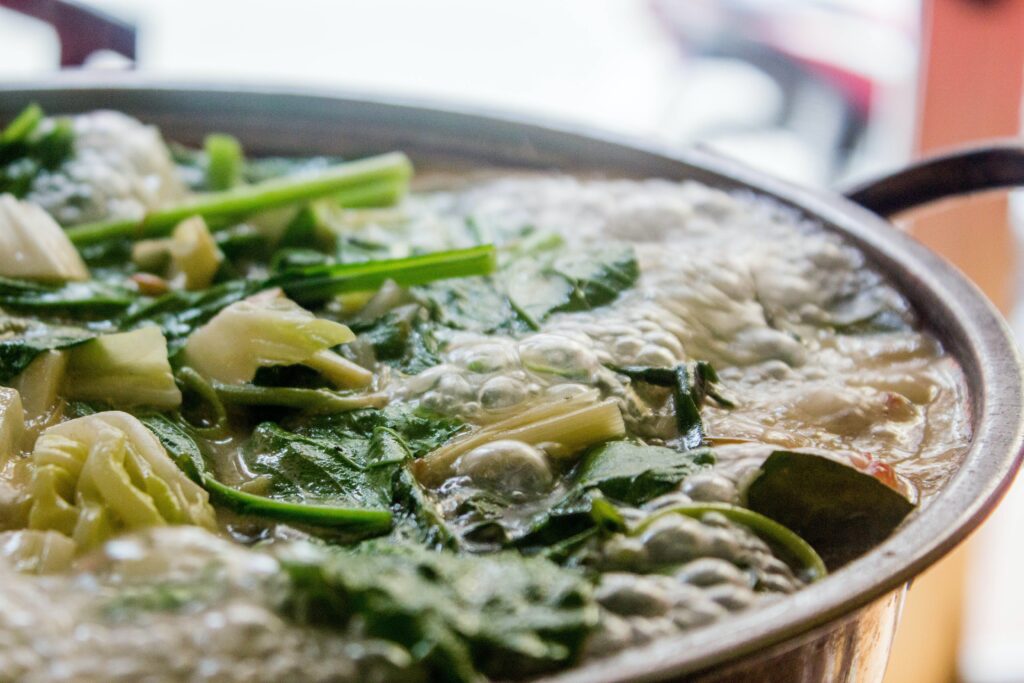

Some of the healthiest ways to cook food are:
Poaching
Moist-heat techniques are the healthiest ways to cook because they’re done at lower temperatures. Poaching is done by submerging the food in a barely simmering liquid at 140 to 180°F (60 to 82°C), which is below boiling point.
Cooking with moist heat at low temperatures has been shown to minimize the formation of advanced glycation end products (AGEs). AGEs are harmful compounds that accumulate in your body and have been linked to diabetes, heart disease, kidney failure, premature aging, and Alzheimer’s.
Boiling
Compared to frying or microwaving, one study shows that boiling fish preserve its omega-3 fatty acid content. For vegetables, however, steaming and pressure cooking may be preferable to boiling since vitamins tend to seep into the water. As an alternative, you can also drink the broth to avoid wasting the vitamins.
Baking
It’s very popular to grill, but grilling can potentially induce forming of toxic compounds. Baking is a great alternative because it requires little or no added oil and it retains nutrients.
Pressure cooking
Another healthy cooking method option is pressure cooking. It doesn’t require high temperatures and preserves nutrients. In fact, pressure cooking supposedly retains about 90% of vitamins that would otherwise be wasted if cooked in ways that require soaking in water.
Quick hacks to Eating Healthier
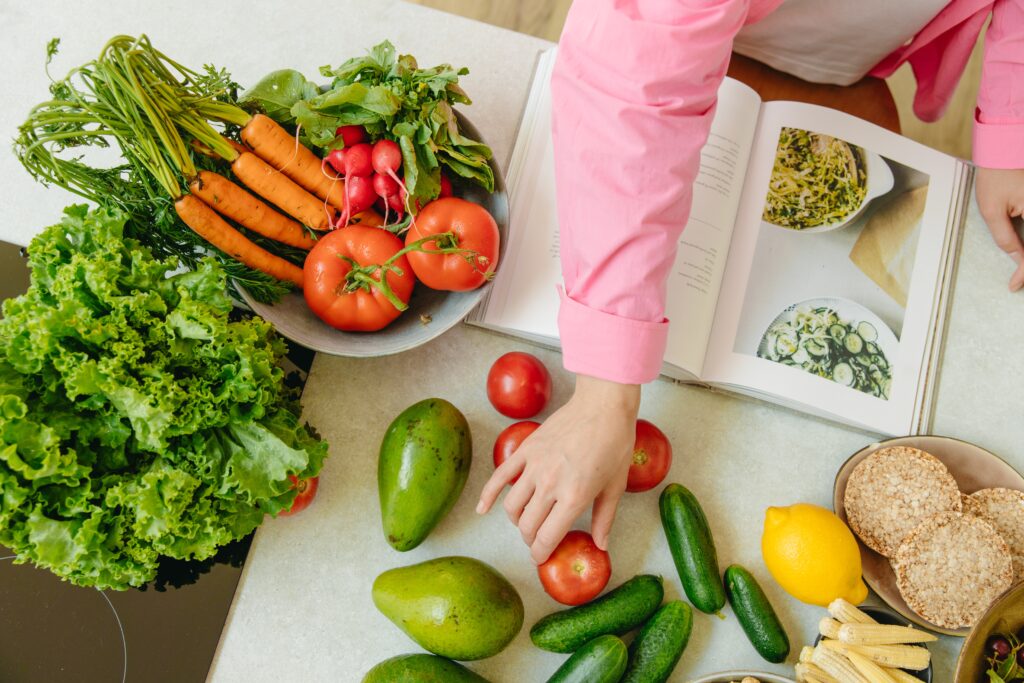

- Replace soft drinks with water
- Consume less red and processed meat — they are very salty
- Swap refined carbs for whole-grain carbs
- Switch white rice for brown rice
- Avoid sweetened yoghurt and have plain yoghurt topped with fruits instead
- Opt for lean protein: eggs, fish, nuts, etc.
- Have oatmeal or chia seeds for breakfast instead of store-bought processed cereal
- Cook instead of buying meals — this way you get full control over what goes into your food
- Fill half of your plate with vegetables
- Eat fruits or vegetables as snacks
- Eat fruits instead of drinking sweetened juice
- Replace butter with avocado puree
- Pack your own food when going out
- For those trying to lose weight, add protein to each meal and snack to curb cravings.
The Bottom Line
Following these 8 basic steps to eating healthier is a great way to improve your overall health. Keep in mind that the cooking method matters a lot as well. To top things off, the healthy eating hacks discussed in this article can make healthy eating a lot simpler and more enjoyable for you.
Free 2-Hour Delivery on Food Groceries
Order healthy ingredients and get them fast & fresh via Prime.
Other than Free 2-Hour Food Groceries Delivery…
Enjoy LinkedIn Premium, movies, music & special discounts on textbooks for 6 months – FREE.
Use SNAP EBT…
Pay for groceries on Amazon with SNAP EBT and enjoy free shipping. No Prime membership is needed.
